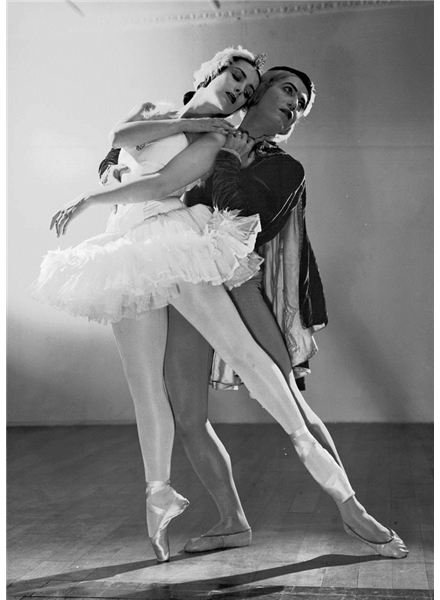Photography Tips: How to Shoot Dance Photography
Objects in Motion
The beauty of physical motion and athleticism has no better representative than the art of dance. Dance forms, from ballet to hip hop, shows

people at their most graceful and most expressive, matching emotion to music and going past both. Dance photography is often the dream of photojournalist, fine art photographers, and visual artists alike because of the ability to capture a single perfect moment in the moving collage. Because of its unique mix of constant movement and specific bodily positions, the technical craft of digital photography has to bring some specific principles to capture it perfectly. Here are a few tips for dance photography.
Shutter Speed
The basic principle of dance photography is that it is a photography of motion. This means that shutter speed is one of the most important aspects of image exposure that you are going to have to deal with since it is how motion will be interpreted by the camera. If you want to ensure that you get some motion blur then you want a slower shutter speed, possible a shutter speed of 1/60 or lower. This is going to keep the shutter open for longer and make sure that frame has blurred streaks in it indicating the path of motion. If you want to make sure that you get a very clean image where the person engaged in the dance is captured as though they were being still then you will need a very high shutter speed, which is common to dance photography and sports photography alike. In this case you will need a lot of light to offset it since the low shutter speed will limit the amount of light in. You can open up the aperture to allow more light in, but you this will also change the depth of field.
Focus
Pulling focus correctly is going to be more important in dance photography, which is another area it has in common with sports photography. Often times you are going to want to back the camera off from the action and then simply zoom in and out, essentially keeping the entire action in focus. The means that you are going to need to measure out the focus and select a depth of field for the entire area that is going to meet your dance photography needs. This should not be done without a camera test because it will become difficult if you are not able to see the fine detail on the objects that you are photographing. This is especially important if you are doing a wide shot on a stage where dance is being performed and you want to make sure that you have fine focus on the dancers who only take up a minority of the frame.
Creativity
Dance photography is different than videos of dance because you do not need to portray the dance the way it actually occurs, but instead how it can be seen and felt. This means you want to switch up angles, focus in on body parts, and in the case of the more theatrical dances you can try to incorporate fine art and constructed image elements. To do this well you may want to just focus on the dancer specifically, or pairs of dancers that have a real relationship together in their dance. If you raise up the shutter speed then you can have the photographer go independent of the tripod so they can get unconventional camera angles, but you will need to make sure that you are working with artificial light. In these situations you should try to approach a studio situation for the dancer with high contrast lighting and using camera tilts to emphasis the persona of the dancer.
References
Source: Author’s own experience.
Image: Public domain.
This post is part of the series: Photography Tips and Tricks
Articles with tips for different types of photography.